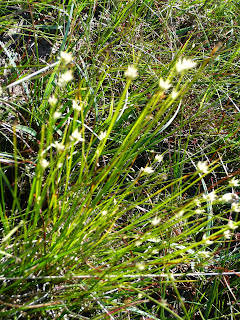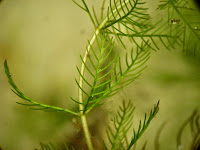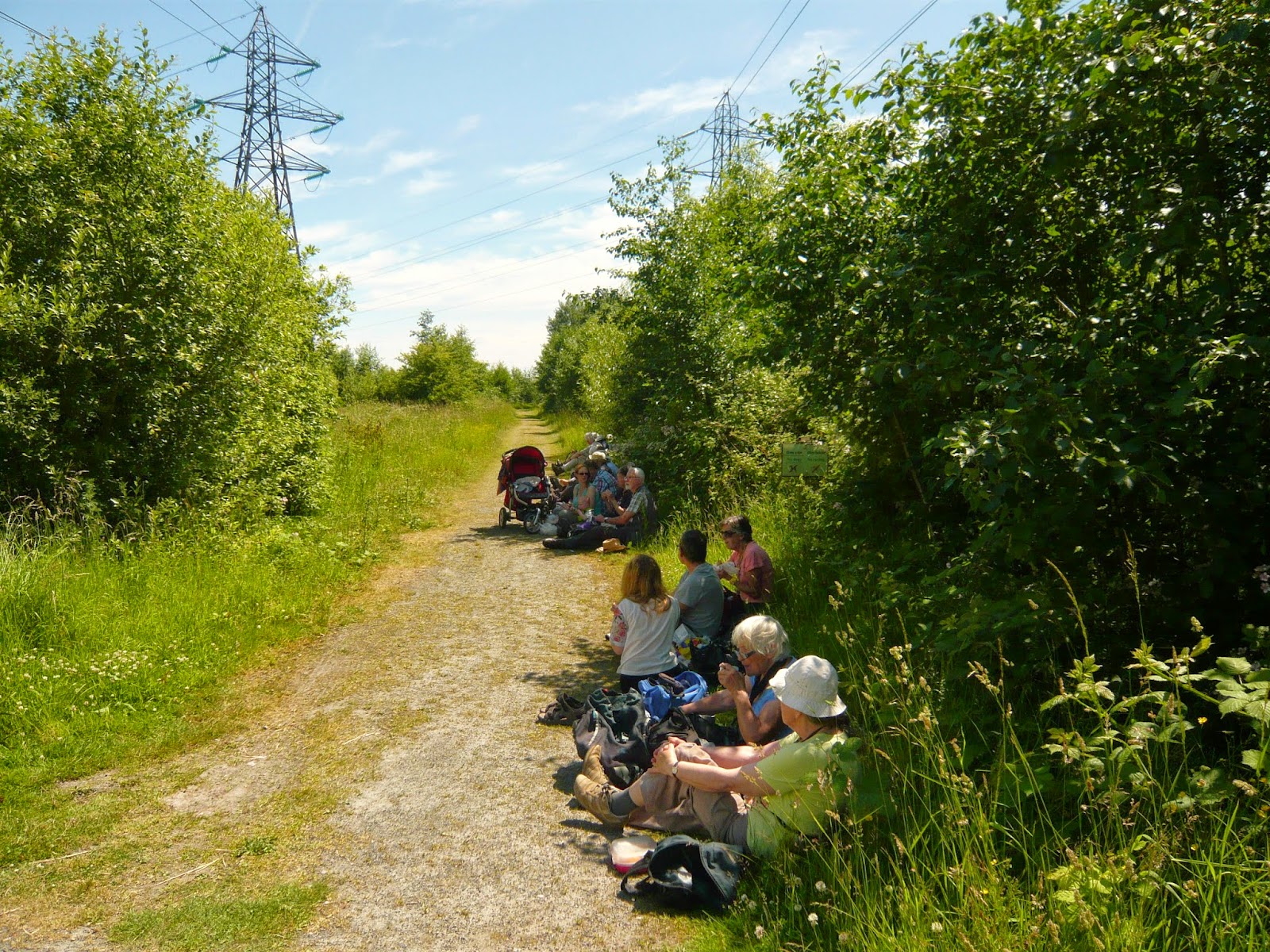 |
| Carex digitata surrounded by Erinus alpinus |
 |
| Our very wet leader, Mike Porter |
A wet day, but one that didn't dampen the spirits of the 16 or so people who gathered for Mike Porter's field trip at Natural England's wonderful site in Cumbria. Our first 'special' was
Carex digitata above rocks covered in the charming alien
Erinus alpinus, Fairy Foxglove. Its yellow tufts were looking great, flanked by a distinguished-looking
Sorbus lancastriensis, Lancashire Whitebeam [this part of Cumbria was originally part of the old County Palatine of Lancashire].
 |
| Sorbus lancastriensis, looking great! |
Further on we hushed our chat as we approached the Osprey nest [the first year the birds have successfully nested here] where some were lucky enough to see one of the parents flying in. Along the track we saw
Carex remota, Remote Sedge and
C binervis, Green-ribbed Sedge, which looked graceful, unlike the robust and almost thuggish plants I am used to seeing in Merioneth. Mike pointed out the differences between it and its close relative,
C laevigata, Smooth-stalked Sedge, which has ginger-ish male spikes and a pointed ligule. It also never has the red staining seen on older leaves of
C binervis.
 |
| A tussock of C x boenninghausiana |
Later we saw one of the high points of the day for me, the "Dachshund/Alsatian" hybrid,
Carex x boenninghausiana, between
Carex remota and
C paniculata, Greater Tussock-sedge
! Its habit is that of
C paniculata, but the inflorescence is graceful and 'remote', unlike the bunchy look of
C paniculata
 |
| The inflorescence of C x boenninghausiana |
 |
| Carex flava |
Another excitement for me was seeing Carex flava , Large Yellow-sedge, in fine condition and great quantity - and not only that, but its hybrid, Carex x alsatica, with C demissa, Common Yellow-sedge, was there too. Strangely, it looks quite a bluish green compared with either of the parents, and is sterile.
Eventually we reached the edge of the wood and broke through onto the shoreline - not as Mike had recalled, lying under a blue sky with the sun beating down, but grey and murky, although at least the rain had eased off!
We enjoyed seeing the more coastal Carices, C otrubae,False Fox-sedge, C extensa, Long-bracted Sedge, and C. distans, Distant Sedge, but failed to find Blysmus rufus, Salt-marsh Flat-sedge there. We ended the day with a sickly-looking Carex pseudocyparis, Cyperus Sedge, bringing the day's haul to a fantastic 25 taxa - a remarkable site! I know I am not alone in thanking Mike for a great day's outing and for introducing us to so many of these superb plants. We members of the BSBI are so very fortunate in having these field meetings, so valuable to everyone, beginners and experts alike.
 |
A damp but happy group!
|
Finally, my thanks to Phill Brown, who kindly let me use his great photographs for this account. I didn't want to take my camera out in the pouring rain, and even if I had, my efforts wouldn't have been anywhere near the standard of these pictures. Thanks, Phill!



















.JPG)
.JPG)
.JPG)
.JPG)
.JPG)
.JPG)
.JPG)
.JPG)
.JPG)
.JPG)


























